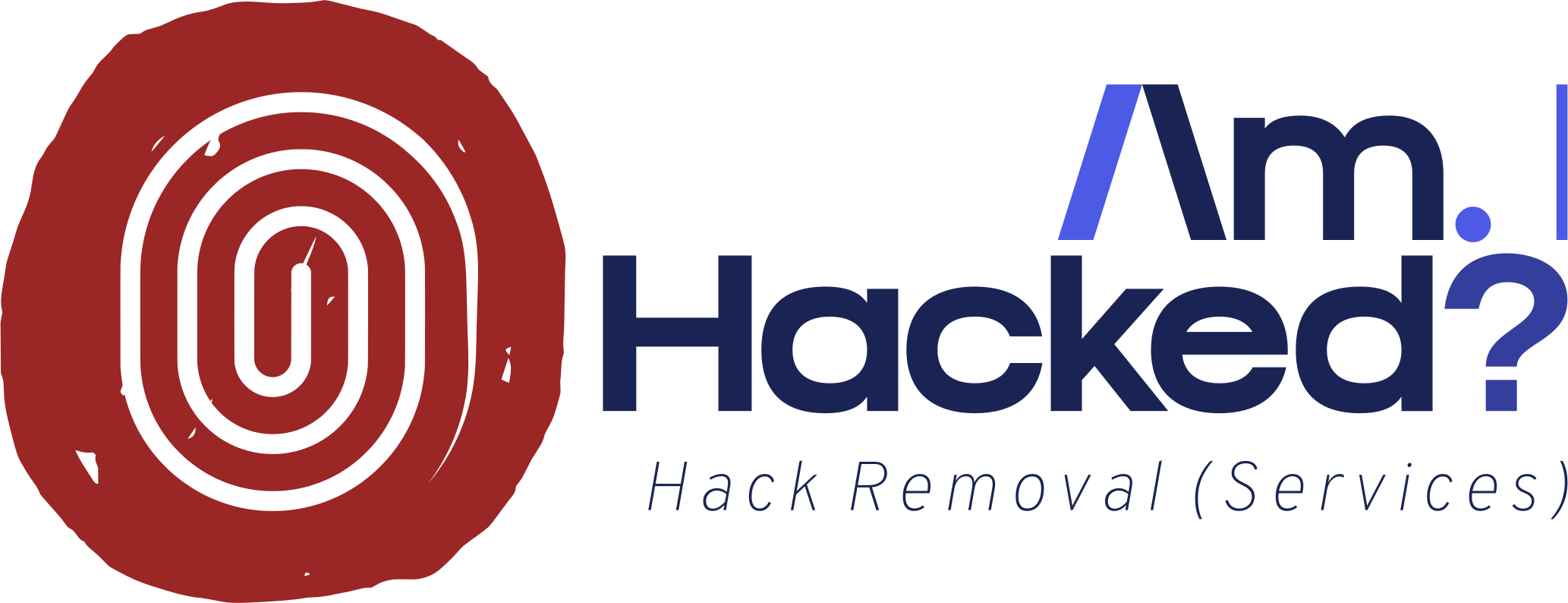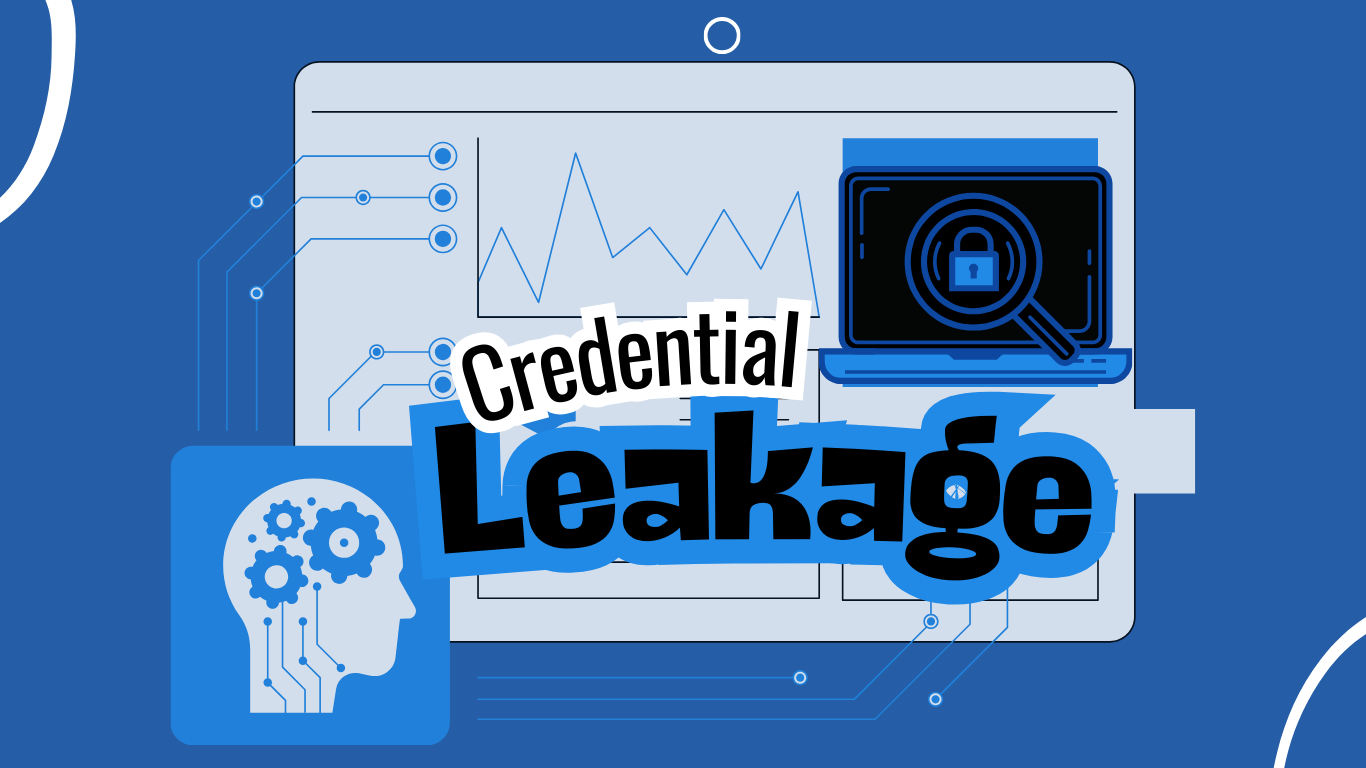In today’s internet age, the safety of your personal information hangs by a thread, often vulnerable to the sneaking dangers of credential leakage. You might wonder, “What exactly does this mean for me?” Well, if you’ve ever used a third-party service – social media, online shopping, or cloud storage. Then, you’ve unconsciously opened the door that could lead to a data breach of personal data.
Credential leakage occurs when sensitive information, like usernames and passwords, is exposed due to poor security measures from third-party providers. This exposure puts your data at risk and raises issues like identity theft, blackmail, and financial loss. The potential consequences are severe, making staying informed and vigilant crucial.
As we explore this topic further, we’ll clarify key terms and explore how credential leakage began. We will also set the stage for understanding the broader implications of these breaches.
Are you looking to perform an identity theft check or learn how to protect your data online? Do not skip any lines as we unravel the complexities of credential leakage and brand awareness together.
How It Started
Credential leakage can be traced back to the early days of the Internet. As online services began to grow, so did the need for users to create accounts. This exponential growth led to an increase in the number of usernames and passwords users have to manage.
Unfortunately, most users chose convenience over security. They reuse passwords and usernames across multiple websites.
In 2013, one of the most brutal data breaches occurred when Target, a major retailer, exposed the credit card information of millions of customers. This incident opened our eyes to the dangers of third-party services. Fast-forward to 2024, and we’ve seen many breaches involving banks and social media platforms that have affected millions of online users.
Each breach reminds us that when third-party services fail to protect our data, the consequences can be awful.
What is Credential Leakage and Breach Awareness
Now that the stage is set let’s explore credential leakage and breach awareness in more detail. Credential leakage is the unintentional and unauthorized release of sensitive information, such as usernames, passwords, emails, and authentication details. It occurs mostly through phishing attacks, data breaches, or poor security by third-party services.
On the other hand, breach awareness is your ability to recognize and respond to these risks. It’s about understanding that your data is stored across multiple platforms, each with security measures and flaws.
When a breach occurs, criminals can access your online accounts, resulting in identity theft, account take-over, or financial loss.
To stay ahead of these threats and protect yourself from a data breach. You need to perform a regular identity theft check and be actively informed of any violations that could affect you.
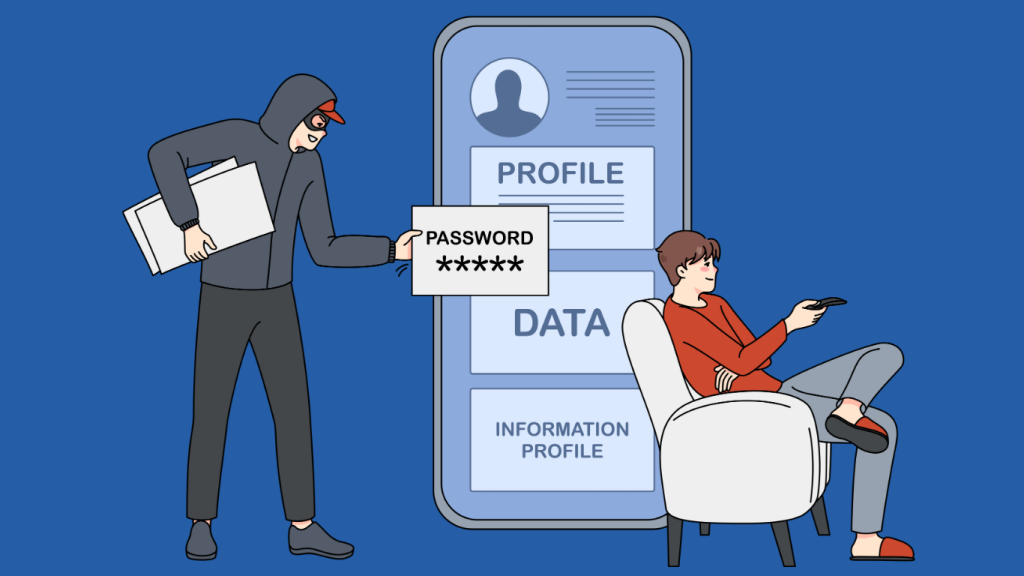
How It Works
Credential leakages allow hackers to carry out online crimes through credential stuffing, a form of cyber attack in which cyber criminals collect stolen usernames, emails, and passwords from one data breach and attempt to use them to gain unauthorized access on another platform.
This method has proven very effective since many people reuse passwords across different online services.
When a data breach occurs, hackers may sell the leaked sensitive information on the dark web or use automated tools to test it against various websites. Many users never bother to ask themselves these questions: “Have my passwords been compromised?” or “Check if my email was hacked.” Many users do not know that their information may already be out there, waiting to be exploited.
Consider an incident in which millions of accounts from a popular service were compromised. Hackers may quickly leverage these credentials to access accounts, which can lead to unauthorized transactions, blackmail, and identity theft. Therefore, this is a significant reason to stay informed and proactive about your online security.
What Do Hackers Use Leak Credentials For?
- Forceful Account Takeover: Hackers use leaked credentials to gain unauthorized access to your account. They can access your social media, email, or banking apps. This access may lead to unauthorized financial transactions or identity theft.
- Phishing campaign: Threat actors may use your credentials to launch a campaign targeting your contact. They can impersonate you and ask family, colleagues, and friends for money or sensitive information.
- Sell on the Dark Web: Bad actors can decide to sell the leaked credentials to other criminals on the dark web. This illegal sale may create a cycle of exploitation, as your information can be reused long after the breach.
- Identity Theft: Threat actors can gather sensitive information such as name, address, and Social Security number. This information can be used to open new bank accounts, make fraudulent transactions, and apply for loans.
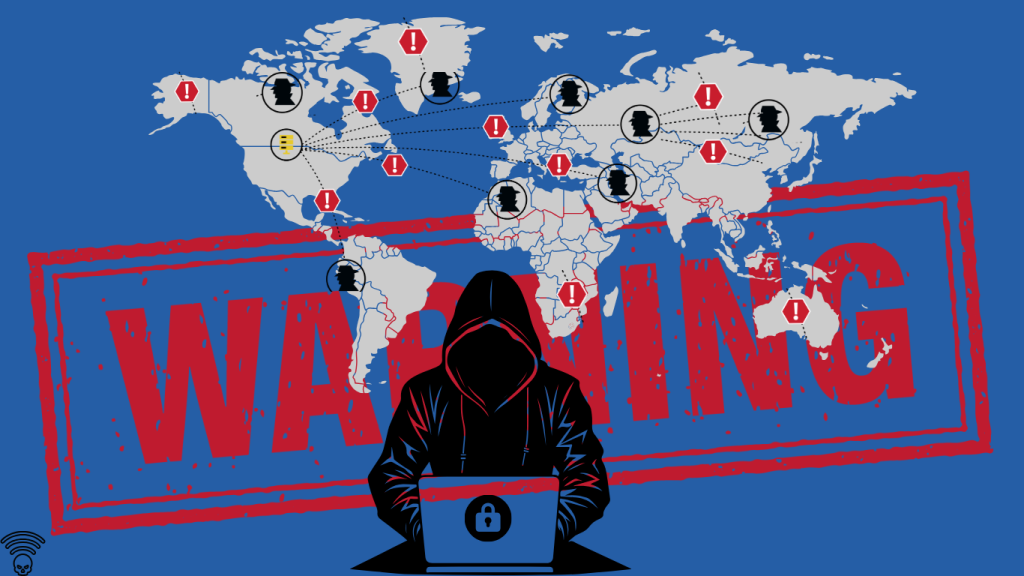
How To Avoid Being Hacked Through Credential Stuffing
Now that you know how credential leakage works, let’s discuss how to prevent yourself from becoming a victim of such attacks.
- Use Strong and Unique Passwords: It may seem like a herculean task, but using different passwords for each online account is one of the most effective ways to avoid credential stuffing. Consider using a password manager like NordPass or RoboForm to help generate and store complex passwords.
- Conduct an Identity Theft Check: Review your financial statements and credit reports regularly for any sign of identity theft. The earlier you discover any discrepancies, the better you can protect yourself.
- Enable Multi-Factor Authentication(MFA): Always enable multi-factor authentication wherever possible. MFA requires a second verification step, such as an SMS message or authentication app, to add an extra layer of security. It makes it much harder for hackers to gain access.
- Perform Email Breach Check: Use services like dehashed.com to check if your email is involved in any data breaches. Such services can help you identify compromised accounts and take immediate action to protect them.
- Monitor Your Accounts: Check your accounts for any suspicious activity. Set up alerts for unusual transactions and logins. If you notice any strange activity, change your password immediately.
Are you bothered? Do you need to check if your account was breached? You can contact Am I Hacked and submit your Hack Removal Request.
How To Check If My Account Was Breached
Now that you understand the risks of credential leakage let’s take action. Are you concerned and need to conduct an email breach check or check if your email has been hacked?
Here is how you can do it:
- Use a Password Leak Checker
Try out reliable password leak checkers. Services like Amihacked allow you to input your email address and receive a comprehensive report on whether your credentials have been compromised in known data breaches. Such services are an easy way to get insight into your online security.
- Stay Updated on breaches.
Follow cybersecurity news and blogs to stay informed about recent data breaches. Read post updates about credential leaks to remain proactive in securing your account.
- Seek Expert Help:
It is not easy to keep up with your online security status. Reach out to experienced and proactive cybersecurity experts to do the work for you.
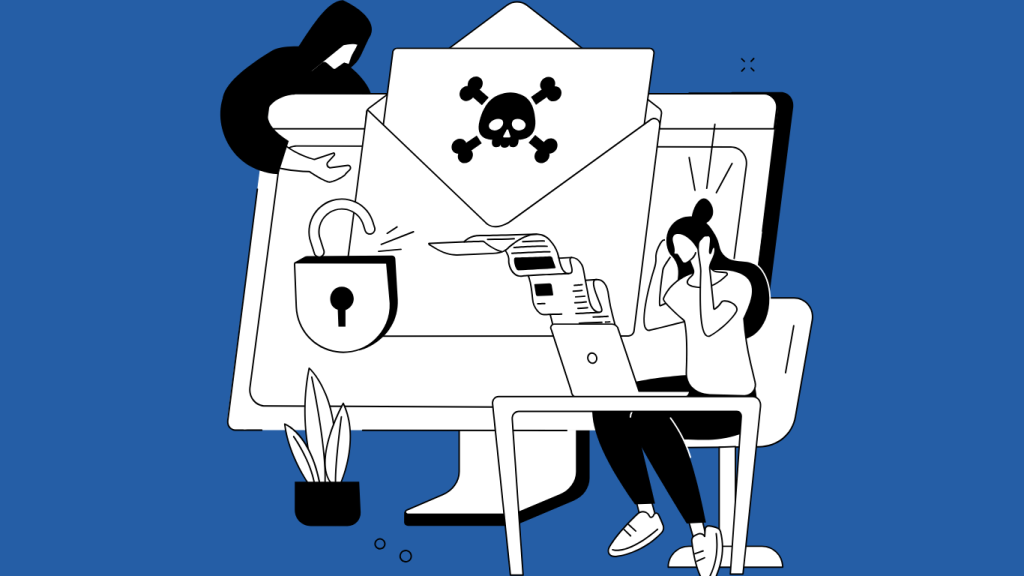
What Should I do If my Credentials Have Been Leaked?
Suppose your credentials have been leaked; here are some actionable steps to take immediately.
- Change your password immediately. Create a strong and unique password that you haven’t used before. You can use a password manager to generate and store the new password.
- Enable Two Factor Authentication. 2FA makes it difficult for attackers to access your account even if they already have your password.
- Notify the affected service of the breach. The service providers may provide extra security measures or advice to help protect your account.
- Consider an identity theft protection service if you are bothered about identity theft.
Conclusion
In a world where our personal information is at risk, correctly understanding credential leakage is essential. Educate yourself on how these breaches occur, and take proactive measures to check if your credentials have been compromised.
Always remember that it is your responsibility to protect your data. Use services like Amihacked to check your accounts and regularly stay informed about potential beaches. Use unique passwords, enable multi-factor authentication, and monitor your accounts.
Follow these guidelines to safeguard your data. Don’t wait for a breach to happen. Take action today and ensure your personal information remains protected.
Take Action Now To Protect Your Credentials
Don’t wait until it’s too late to check if your credentials have been leaked today! Contact amihacked.com to perform an email breach check. Always remember to stay proactive to protect your personal information from threat actors.
